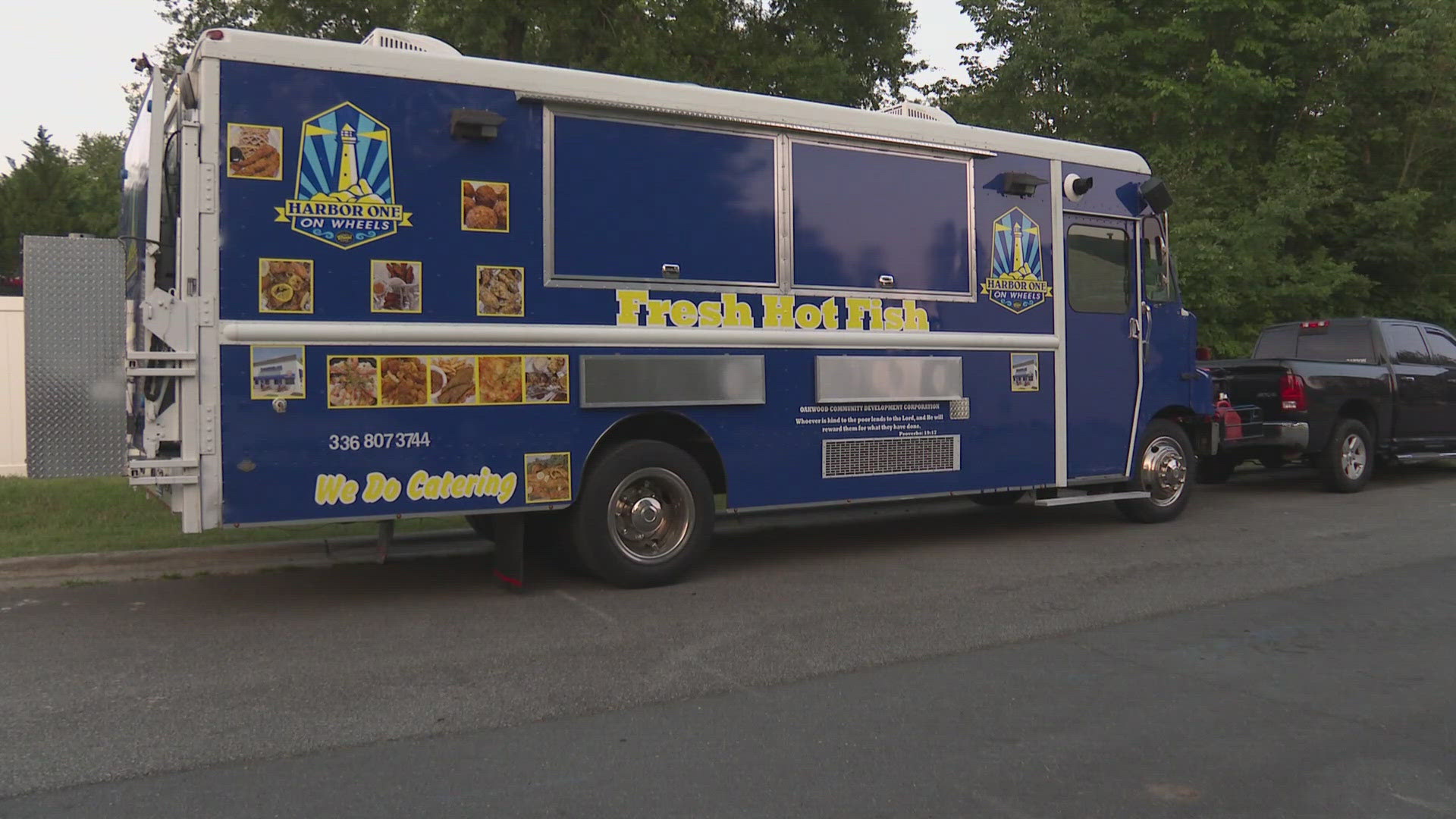Before coming to the Asheboro museum, the plane was being worked on by Air Associates, an avionics installation facility based at the Asheboro Regional Airport next door. Matthews brought the F4U-4 to Air Associates to have global positioning and weather systems installed. "The additions took about six weeks to complete," said Michelle Dolin, an administrative assistant at Air Associates. "When the aircraft leaves here it will be heading to Idaho to undergo its scheduled yearly maintenance." The craft is a true "million dollar baby, with an "asking price of around $1.5 to $2 million," according to Dave Turlington, co-owner of Air Associates. Jerry Jeffers, manager and former owner of Air Associates, estimated only about 35-40 fully airworthy F4U-4s still exist worldwide. The aircraft was called "The Whistling Death" by the Japanese military during World War II, deriving its ominous nickname from the noise made by the airflow through the wing root-mounted oil cooler air intakes. The first flight was in September 1944. With a rate-of-climb of nearly 4,000 feet-per-minute and a service ceiling of 41,500 feet, the F4U-4 was the U.S. Navy's answer to the much improved Japanese fighters that were arriving in the Pacific. In addition to a completely redesigned cockpit, the F4U-4 had a new canopy for improved bubble effect, a new armor-plated bucket seat and regrouped instruments. Improved access to radio gear was made possible by the folding seat. A change was also made to a downdraft-type carburetor and intake ducts were switched from the wings to the cowl. Improved fighter-bomber capabilities were made possible by putting rocket stations on the outer wing panel. Since it didn't arrive until the end of World War II, the plane only had a few months to establish a record against the Japanese. However, the big fighter remained in service throughout the Korean War, where along with the F4U-5, it gained "a sterling reputation for delivering ordnance with great accuracy," said Barrett Tillman, in "Corsair: the F4U in World War II and Korea."
The author goes on to stress that "indeed, the Corsair earned the respect of enemy pilots flying the MiG-15. Vought's Corsair was a fighter that could not be treated lightly. In a turning fight below 350 knots, the MiG pilot could find himself in big trouble very quickly." The gull wing F4U-4 is equipped with a Pratt and Whitney R-2800-18W, a 2100-horsepower engine with a two-stage supercharger. It was rated a 446-mph fighter.
Those who have seen it have been impressed, including Darrell Tolle, a visitor to NCAM recently. "It's huge, it's historic and you can actually feel the power and the freedom it projects while standing 50 feet away from it," said Tolle, a self-described "aviation nut for more than 65 years." Since he lost his wife, Kate, in January, he and his Winnebago have traveled most of the East Coast touring museums and amusement parks.
"You can't beat warbirds or roller coasters," said the former Army intelligence officer. "I sure am glad I spotted that sign on 220 South." He was on his way first to Seagrove, then to Orlando, Fla., to spend time with his children and grandchildren over the holidays.
The N.C. Aviation Museum is a nonprofit organization dedicated to preserving the history, as well as honoring, the heritage of world of flight. The museum features a variety of vintage aircraft, including a Piper Cub flown by Orville Wright, as well as many other historical, experimental and even unmanned aircraft. The museum has two hangars full of military vehicles, weapons, equipment and uniforms, and artifacts from World War I, World War II, the Korean and Vietnam wars and the Cold War. Now operating on a winter schedule, NCAM's hours are Wednesday through Saturday, from 10 a.m.-5 p.m., and Sunday, from 1-5 p.m. The museum is located near the Asheboro Regional Airport at 2222-G Pilots View Road, off N.C. 49 south of Asheboro. For more information, call 625-0170 during normal business hours, or check out the website at www.ncairmuseum.org. />

